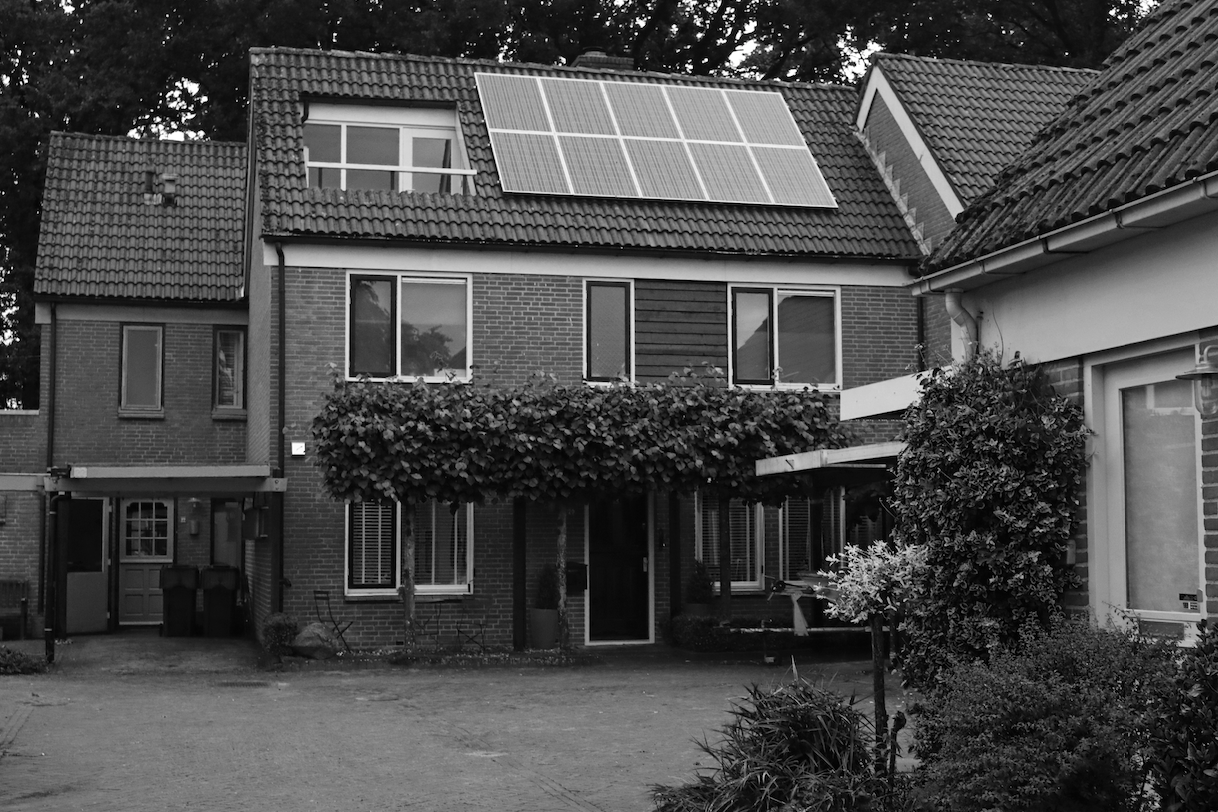HUTS ADU Plans : FAQs
You are one step closer to creating a little space of your own! Read on
Read more
One of the most pressing issues facing humankind is climate change, which we know is directly linked to our carbon footprint. At HUTS, we want to help you figure out ways to make yours smaller, starting with your home. Many people are put off by the initial costs of building and incorporating energy saving solutions into their homes, but a home is a long-term investment and so is the decision to decrease your impact on the environment. Investments like solar panels will pay for themselves in just a few years by saving you money on utilities.
Speaking of solar power, this is one of the key steps to creating a more carbon neutral home. In many states, including New York, there are incentive programs to add solar panels to your home. Programs like NY-Sun makes going solar easier and more affordable for New York residents by offering incentives and financing options to lower the cost of purchasing and installing solar panels. Check out SunPower for your solar needs in the Catskills, they are located just outside of the New Paltz area and are a great local resource with many projects under their belts!
The orientation of the home on your property goes hand in hand with solar energy and makes a huge difference in the way your home heats and cools itself. Here at HUTS, we work with our clients to effectively site their homes to easily allow for passive heating and cooling. Meaning that the design will take advantage of cooling breezes in summer and warming sun in winter, decreasing and in certain climates eliminating the need for artificial heating and cooling. Good orientation will also make use of natural light in the home.
You may be tempted to cut costs in some aspects but you do not want to cut corners on insulating your home! Proper insulation helps keep the temperature stable. Picking the right materials you can be tricky so read this guide to help you to choose the right one. For older homes you may want to consider a professional energy auditor to help you figure out the best ways to re-insulate.
Some easier and more cost effective steps you can take are using a clothes line instead of a dryer when it’s possible, or planting some trees and shrubs around your house to reduce the wear and tear of the elements and thus helping to insulate your home further! One single tree will absorb 1 ton of CO2 over its lifetime. The shade from trees can also lower air conditioning costs. Another easy action you can take, especially in the Catskills, is supporting local farmers by buying the majority of your groceries from local sources. This greatly reduces the fuel and energy used to transport food.

The decisions you make today to reduce your carbon footprint will save you a lot of money in the long run. If you need some more convincing to decrease your carbon footprint, calculate your impact on the environment with this great tool by conservation.org. We think you’ll be surprised by your results. For some more resources and inspiration check out these links:
The Zeb Pilot House; This is a zero emission home in Norway that is fully self sufficient and produces enough surplus energy to power an electric car for a full year!
The Zero Energy Project; This is an amazing non-profit resource full of educational articles and tools for buyers, sellers, and builders looking to go carbon neutral. Sign up for their newsletter to stay in the know!